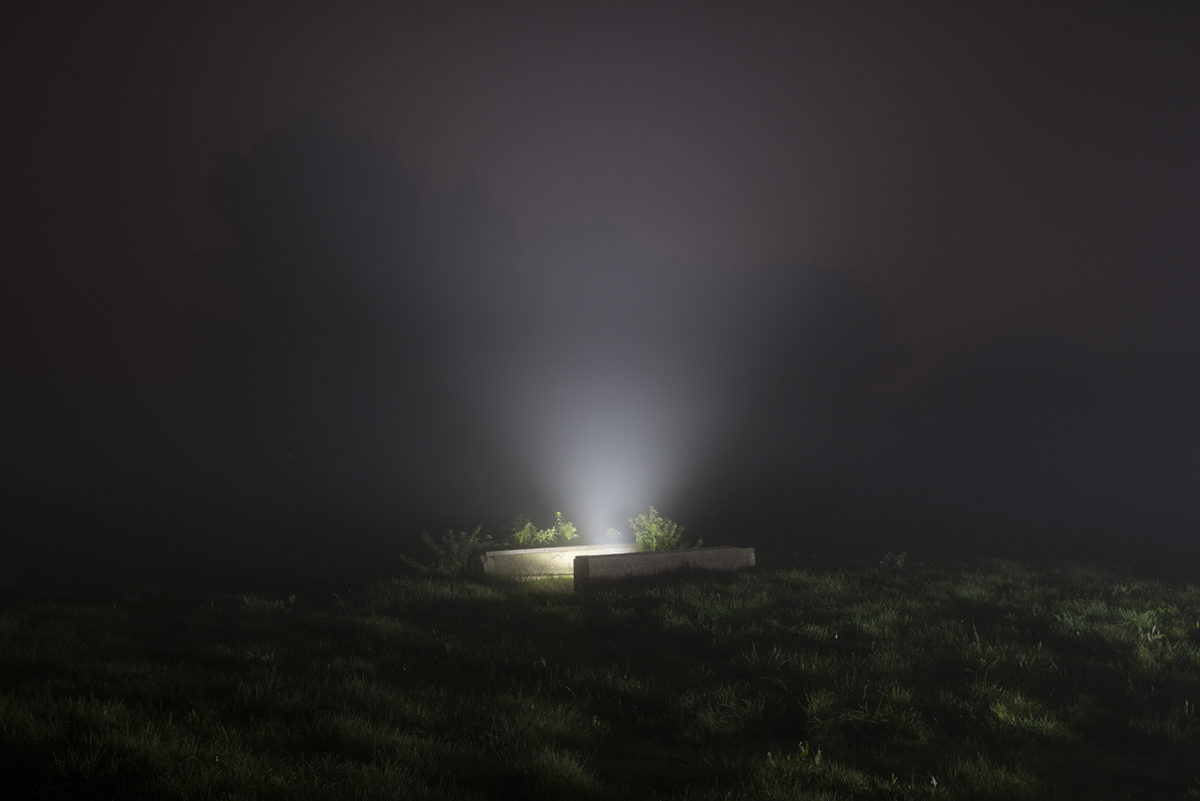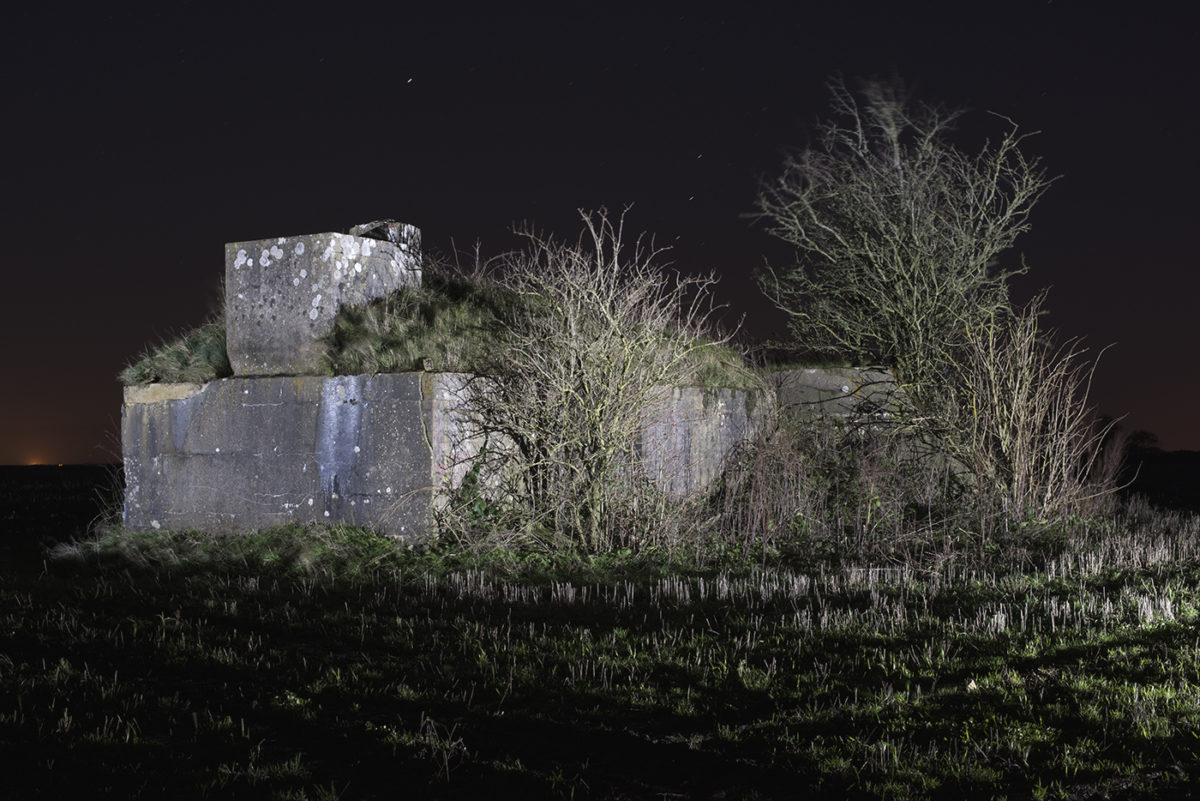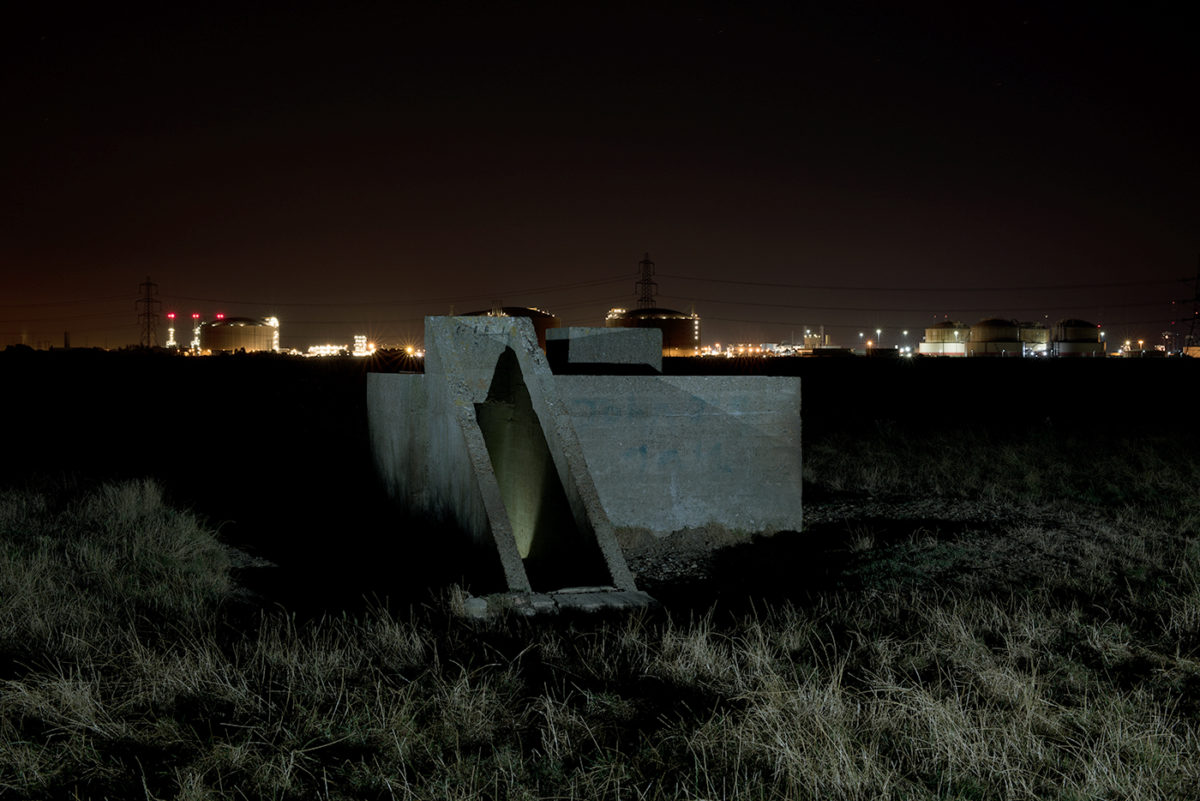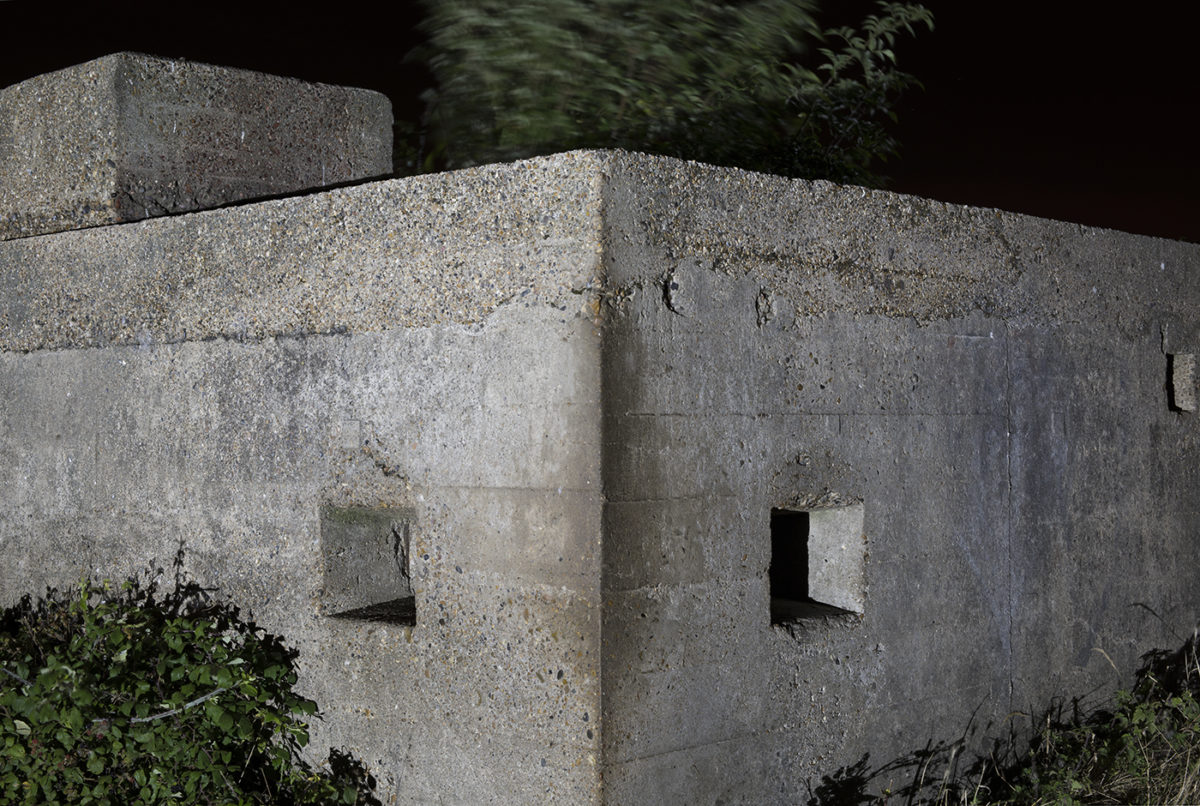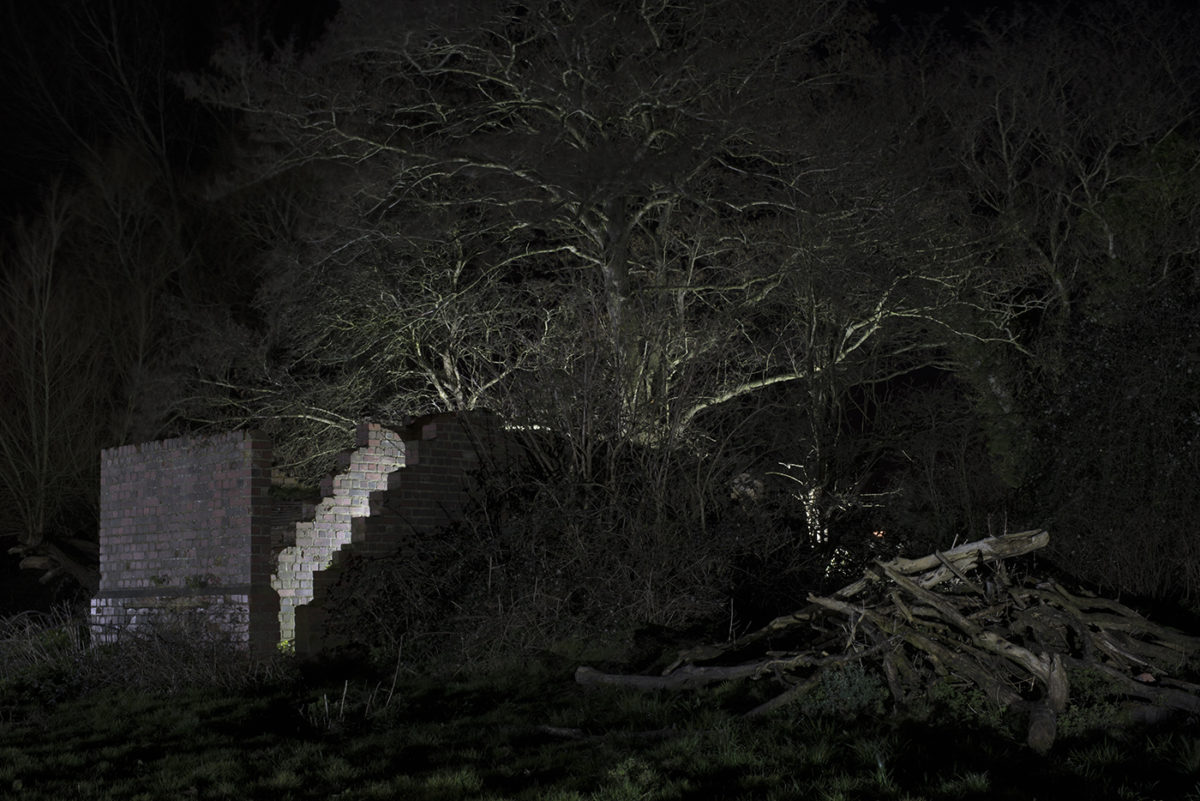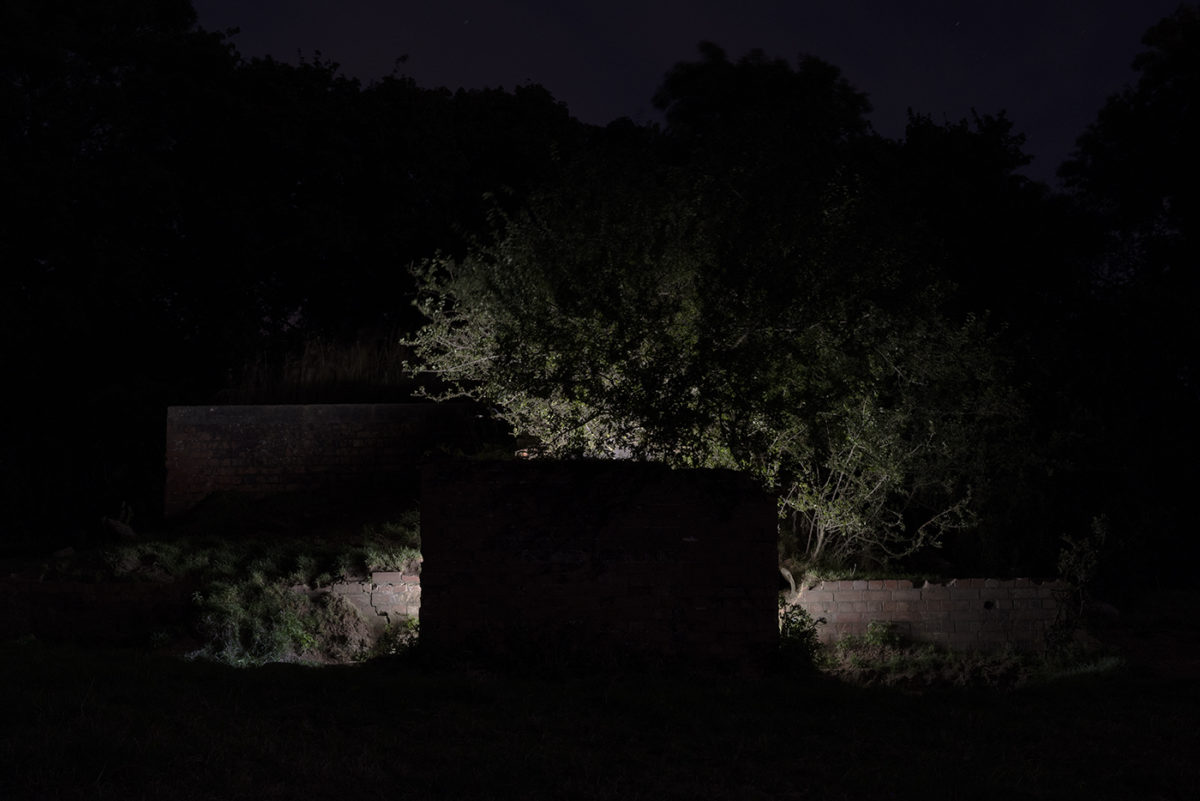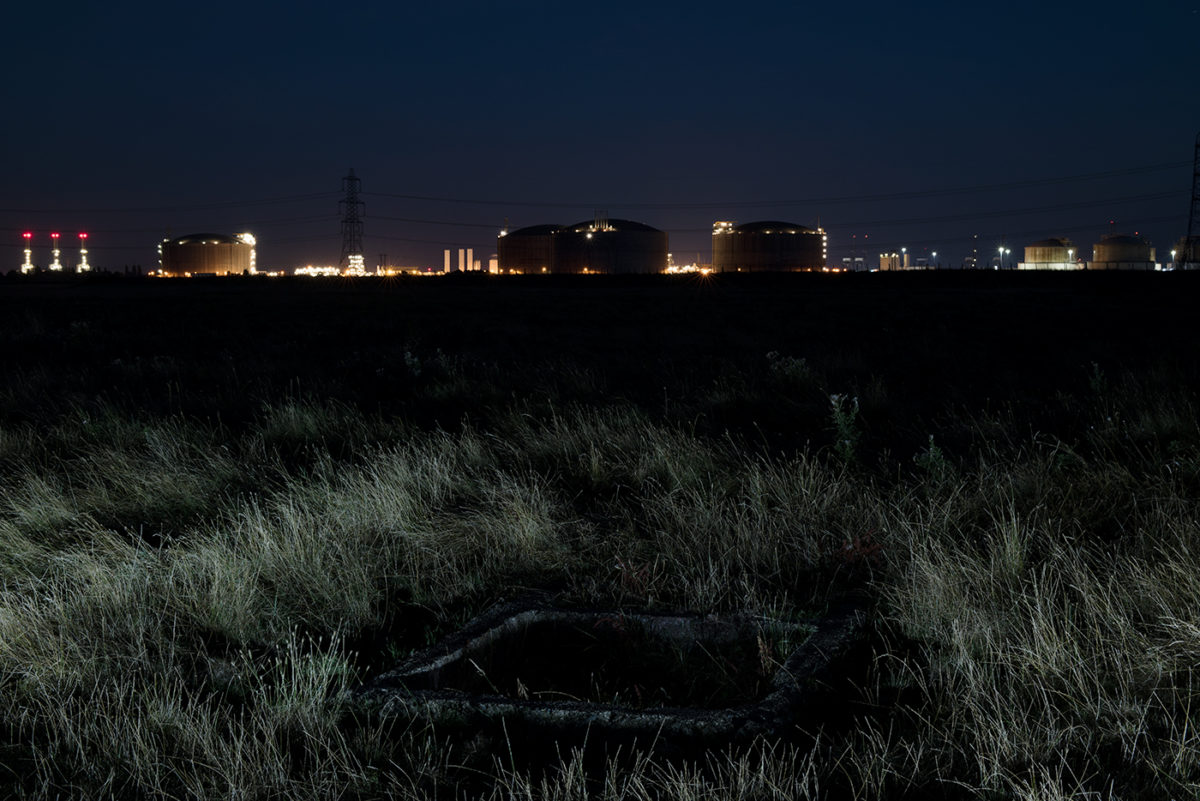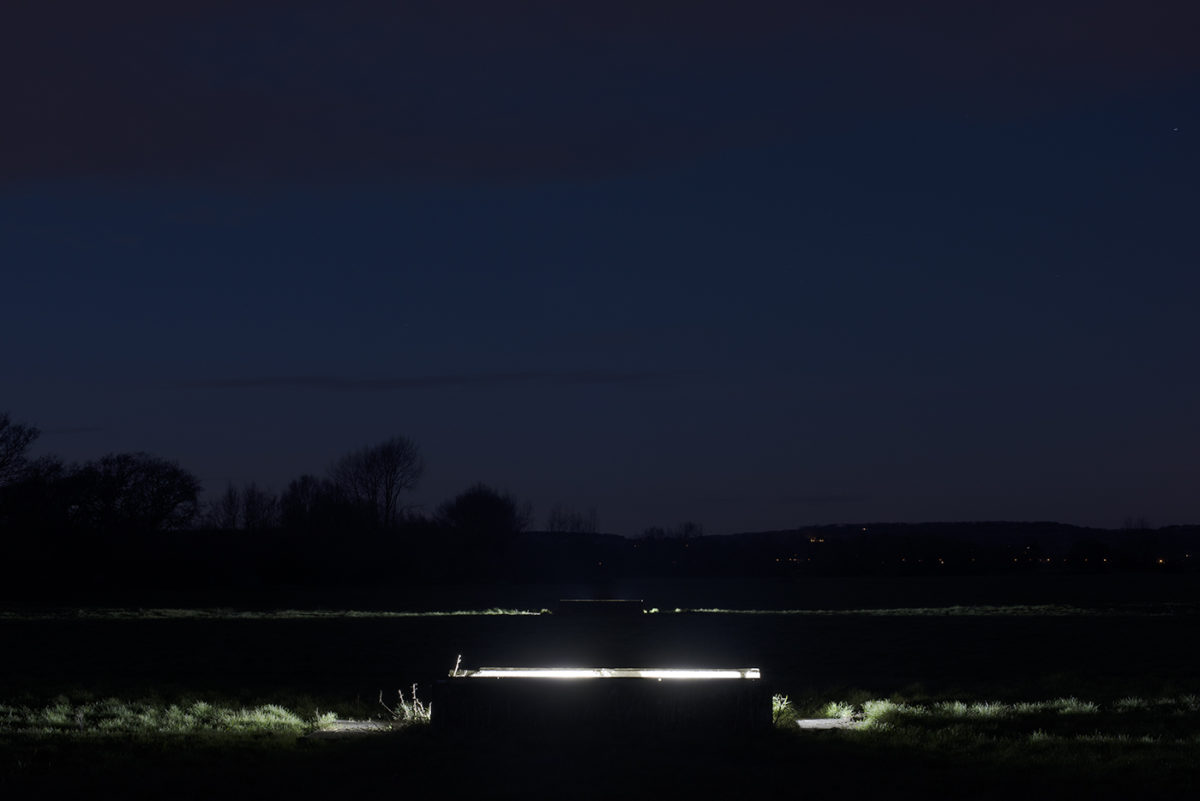Bristol based photographer, Peter Spurgeon shares his work exploring former decoy locations related to a secret British Air Ministry project that took place during the Second World War.
This series relates to a secret British Air Ministry project that took place during the Second World War. Sound City film studios in Shepperton were commissioned to design fake cities, airfields, docks and oil refineries. The objective of this simulation was to divert enemy bombs away from the real targets. The decoys were set up a few miles away from the true locations and constructed using fires and electric lights. They were designed to be viewed from the air by enemy bomber crews. Today, only control bunkers remain at many of the sites as crumbling reminders of this forgotten endeavour. They sheltered the crew and housed generators to power the lights. This simulation diverted 5% of enemy bombs away from their intended destinations.



I have selected former decoy locations by referring to a range of archive sources. These include Air Ministry files held at the National Archives, online forums and the Historic England website pastscape.org.uk. Some sites are considered by archaeological organisations to be of greater interest due to rare surviving traces of decoy structures. For example the Allhallows decoy in Kent is thought to be the only example of a QF decoy with surviving features. Its purpose was to draw bombs away from oil installations on the Isle of Grain.
My images are staged in the sense that I introduce artificial lighting to animate the landscape and evoke the absent decoys. This intervention is an extension of Kitty Hauser’s observation about features that are no longer present in the modern landscape: “the past may no longer be so evident in the modern landscape, but its increasing invisibility does not make it sensuously un-recoverable.” (Hauser, 2007, p.4)
There is a resonance between the theatre of the decoys and staged photography. My lighting alludes to this theatricality and is intended to echo theatrical stage lighting. The landscape becomes a stage and the photographic frame becomes a proscenium arch. It also refers to the historic use of fires to suggest where incendiary bombs had fallen and electric lights to mimic military airfields, cities and railway sidings.



My work is a hybrid of the preservationist and archaeological sensibilities described by Hauser (2007, p.4). On one level I wish to record decoy structures that have been abandoned and are slowly degrading. I use what she describes as an archaeological imagination in being driven by a fascination with what happened at the sites but also with the ingenuity of the deception. “appearances are simply the end products of more-or-less hidden stories, an agglomeration of traces of past actions, processes, and occurrences” (Hauser, 2007, p.2)
Whilst her point that photographs are themselves traces is still valid with digital images, binary data files are less tangible than photograms, prints, negatives or transparencies. The introduction of artificial light to mimic wartime dummy lights and fires adds a second index to the photograph. The first index marks the instant (or more accurately the 20 or 30 seconds of the long exposure) when light fell on the camera’s sensor. The second index is the imagined moment 75 years previously when a switch was thrown in the decoy control shelter and the fake lights burst into life. These indices give rise to a corresponding dual narrative: the surviving physical structures in their modern setting and the secret application of visual deception to defend civilian and military targets during the war.




Hauser, K. (2007) Shadow Sites: Photography, Archaeology, and the British Landscape, 1927-1955 Oxford: Oxford University Press
Peter Spurgeon is a British photographer, living and working in Bristol, UK.
For more from our showcases, click here.
For more of Peter’s work, click here.
